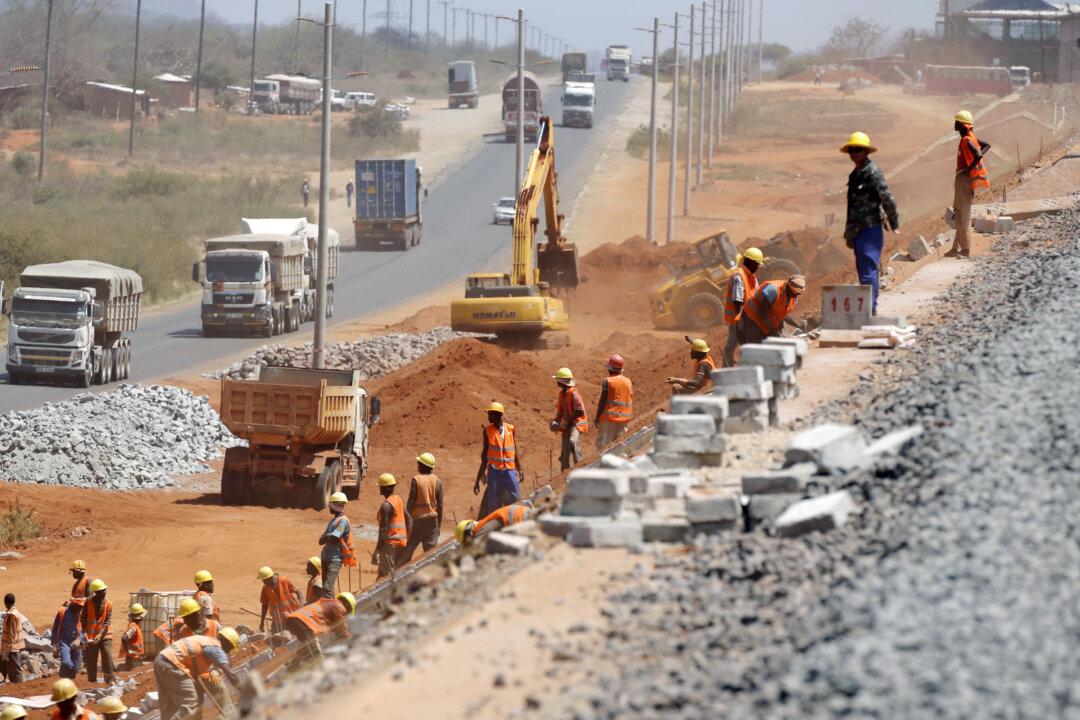BRUSSELS—The European Commission proposed on Sept. 19 a foreign policy plan to improve transport, energy, and digital infrastructure links with Asia but denied seeking to counter China’s ambitions that have raised suspicion in Western countries.
The plan, which would be backed by additional funds from the EU’s common budget from 2021, private sector loans, and development banks, amounts to a strategic response to China’s largesse in much of central Asia and south-eastern Europe, where Beijing has invested billions of dollars.





